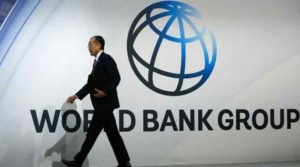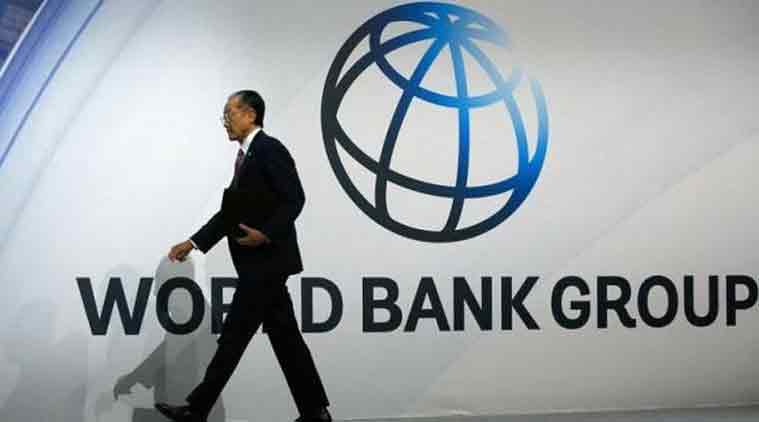 WASHINGTON: The World Bank has forecast a growth rate of 7.3 per cent for India this year and 7.5 per cent for the next two years, making it the fastest growing country among major emerging economies.
WASHINGTON: The World Bank has forecast a growth rate of 7.3 per cent for India this year and 7.5 per cent for the next two years, making it the fastest growing country among major emerging economies.
A top World Bank official said India’s economy is robust, resilient and has potential to deliver sustained growth.
Growth in India is projected to advance 7.3 per cent in Fiscal Year (FY) 2018/19 (April 1, 2018-March 31, 2019) and 7.5 per cent in FY 2019/20, reflecting robust private consumption and strengthening investment, the bank said in its June 2018 edition of the Global Economic Prospect report.
The report, released yesterday, is the global lender’s flagship publication on the state of the world economy.
It said that growth in South Asia is projected to strengthen to 6.9 per cent in 2018 and to 7.1 per cent in 2019, mainly as factors holding back growth in India fade.
India retains the tag of the fastest growing country among the world’s major emerging economies, Ayhan Kose, Director of the Development Prospects Group at the World Bank, told PTI.
“India’s economy (today) is robust, resilient and has potential to deliver sustained growth,” Kose said.
India’s growth projections remain unchanged since its January 2018 forecast.
China is expected to slow down slightly from 6.9 per cent in 2017 to 6.5 per cent in 2018, 6.3 per cent in 2019 and 6.2 per cent in 2020, it said.
India’s growth potential is about 7 per cent, and it is currently growing at a pace above its potential, he said, attributing it to the major economic reforms and fiscal measures undertaken by the NDA government.
“India is doing well. Growth is being robust. Investment growth remains high. Consumption remains strong. All in all these numbers are encouraging,” Kose said, referring to the World Bank report on India’s growth rate figures.
“And India is the fastest growing economy in major emerging markets,” he said.
Noting that India’s growth prospects are strong, the official said the potential growth rate of India is around seven per cent.
“However, you look at it, India is in a very strong position,” he said.
“In terms of economic growth, the fact that India is able to deliver a robust consumption growth, robust investment… All these are good news. The big issue is now that India has a potential to sustain this growth and we are optimistic about India to realize that potential,” Kose said.
Seeking increasing female labour force participation, he said on the productivity side India has room for improvement in secondary education completion rates.
Noting that there are risks that all emerging market economies are facing because of global economic developments, he said, for example the disorderly tightening of global financial conditions could have implications for emerging market economies.
“There are trade tensions out there. These tensions have been escalating in recent weeks. These have implications for growth prospects as well,” he said.
Like other oil importers, India is also facing a higher oil prices, he said.
In its latest report, the bank said in India, investment growth has firmed recently, as the effects of temporary factors wane.
It said that growth in South Asia is projected to accelerate to 6.9 per cent in 2018, mainly reflecting strengthening domestic demand in India as temporary policy-driven disruptions fade.
Elsewhere in the region, ongoing recoveries in Bangladesh, Pakistan and Sri Lanka are expected to be accompanied by moderating activity in Afghanistan, Bhutan and Maldives.
“Over the medium term, growth is expected to remain strong and reach 7.2 per cent by 2020 amid robust domestic demand. Downside risks continue to predominate.
“They include the possibility of fiscal slippages, delays in reforms to resolve financial vulnerabilities and improve the health of regional banking systems, and a faster-than-expected tightening in global financing conditions,” the report said.
Stronger-than-envisioned global growth could result in better regional growth outcomes, the World Bank added. PTI







